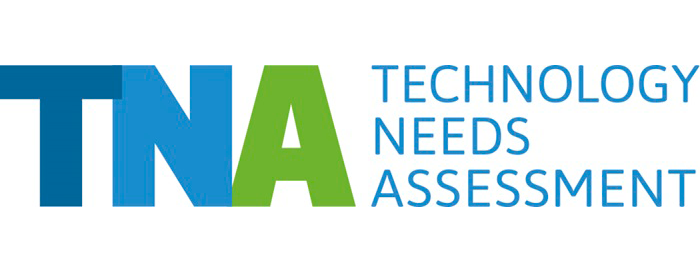Based on the outcomes of the TNA, a feasibility study was carried out highlighting the emission reduction potential of establishing solar power plants, a technology prioritized by the TNA. The study showed that replacing the generating capacity of 43 MW diesel with solar power plants would lead to a reduction of 280,744 tCO2e. Apart from reductions in fossil fuel use, this development will ease the high price per kWh and help to reach an electrification rate of 35% by 2030, which is one of the objectives of Mauritania’s NDC.
Mauritania is a desert country located in the Sahel region of West Africa. It borders Senegal, Mali, Algeria and Morocco and has a stretch of coastline facing the Atlantic Ocean. Being a desert country and with three quarters of its area covered by the Sahara Desert, Mauritania is vulnerable to desertification and drought, both exacerbated by climate change. Despite little arable land, agriculture plays a vital role in the national economy and in maintaining rural livelihoods and food security.
Mauritania completed its TNA in 2017. The TNA has led to two Technology Action Plans and several project ideas in order to secure the necessary technology transfers. Among these are projects aimed to increase rainwater collection, introduce crop varieties adapted to climate change, and make use of solar water dewatering for market gardening. One project proposes to provide 460,542 households with improved stoves. This would reduce the amount of wood being burned, create jobs and investment opportunities, and reduce CO2 emissions.
